Wondering how many teaspoons are in a tablespoon? Or how many tablespoons are in a cup? Here's a guide that answers these questions, as well as easy conversion charts for other common recipe conversions, like converting ounces to tablespoons, milliliters to tablespoons, grams to tablespoons, and Celsius to Fahrenheit.
You'll even find tips for the kitchen tools I use to make measuring easy and the best way to measure your ingredients.
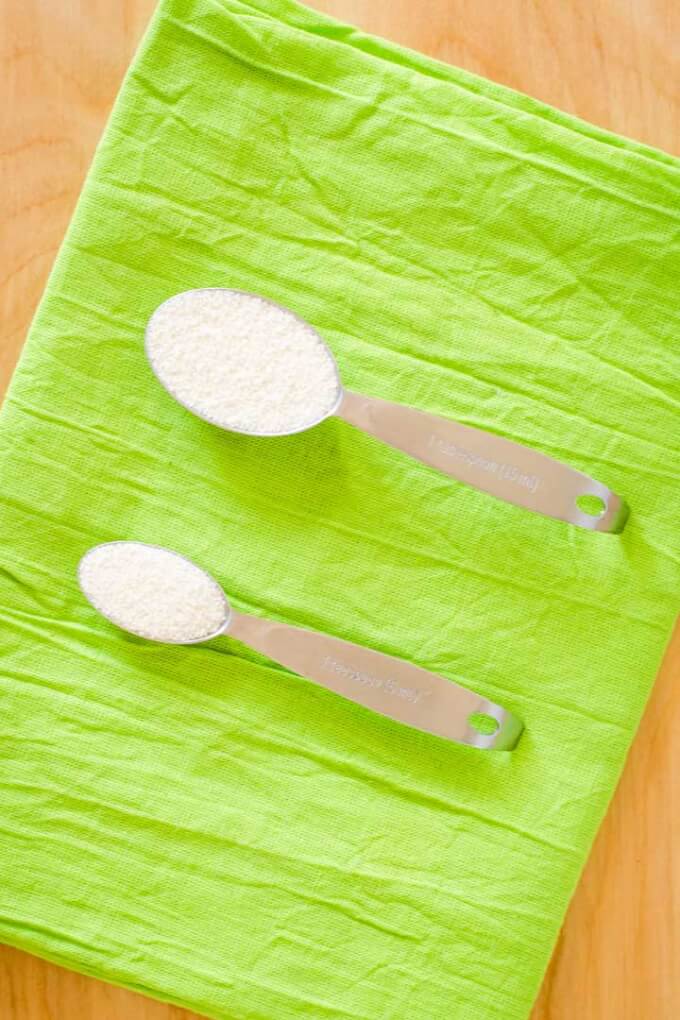
Want to Save This Recipe?
Enter your email & I'll send it to your inbox. Plus, get great new recipes from me every week!
When you're cooking at home—which we tend to do a lot more of when we're eating healthy— there are many different reasons you might need to convert measurements for a recipe.
Say, for example, a recipe calls for 4 eggs, but you only have 2. You'll need a quick and easy way to convert the rest of the ingredients to match. That's simple with a cup, but what's ½ of a tablespoon–and how do you measure it accurately?
Whether you're working on halving, doubling or tripling a recipe, correctly converting your ingredient measurements is important to make sure your dish turns out. And if you do your conversions incorrectly you could mess up the recipe, wasting time and your pantry ingredients.
I use these basic conversions every day. I find them helpful whether I'm converting a recipe (or when the measuring cups are in the dishwasher and I need to use tablespoons instead!). Bookmark this page for a quick recipe measurement conversion reference guide whenever you get stuck.
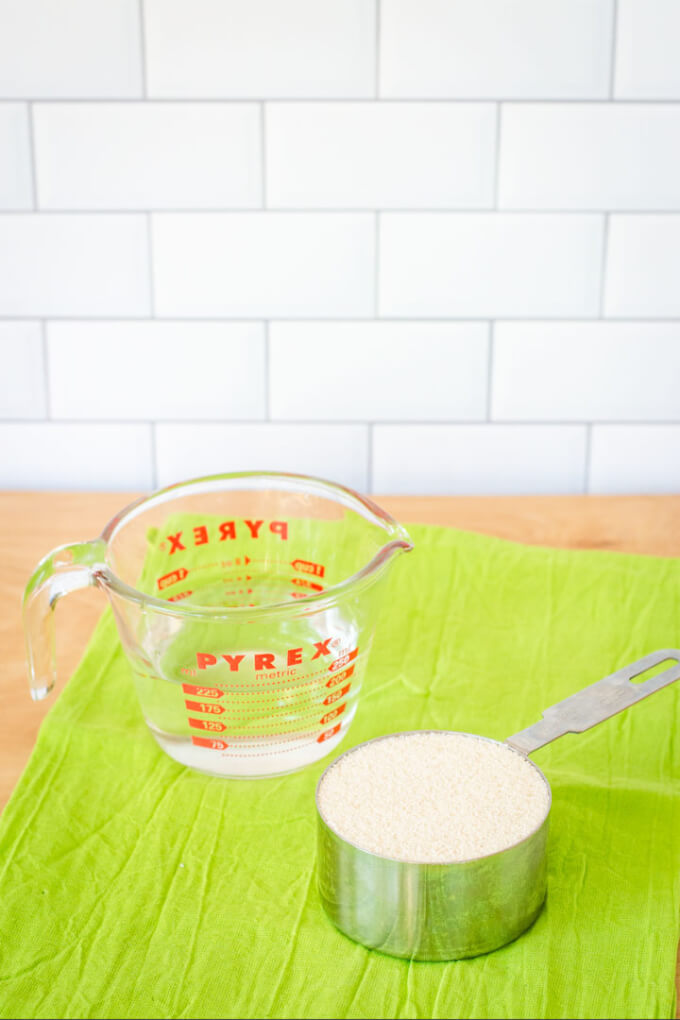
Here’s a table of contents for what you’ll find below:
This post may contain affiliate links, meaning if you decide to make a purchase through my links, I may receive a commission at no cost to you. Please read my disclosure for more information.
Essential Measurement Conversions
Whether you're converting teaspoons (tsp) to tablespoons (tbsp), cups to tablespoons, tablespoons to ounces, or milliliters (ml) to tablespoons, these are the most common unit of measurement conversions you'll come across while working in your kitchen.
How Many Teaspoons in a Tablespoon?
If you only memorize two measurement conversions, make it these two:
- 1 tablespoon = 3 teaspoons
- ½ tablespoon = 1-½ teaspoons
Having those two simple conversions will make doing conversions on the fly so much easier. You can use them across the board–from measuring spices to oils to baking powder and beyond–without endangering the final results of your meal.
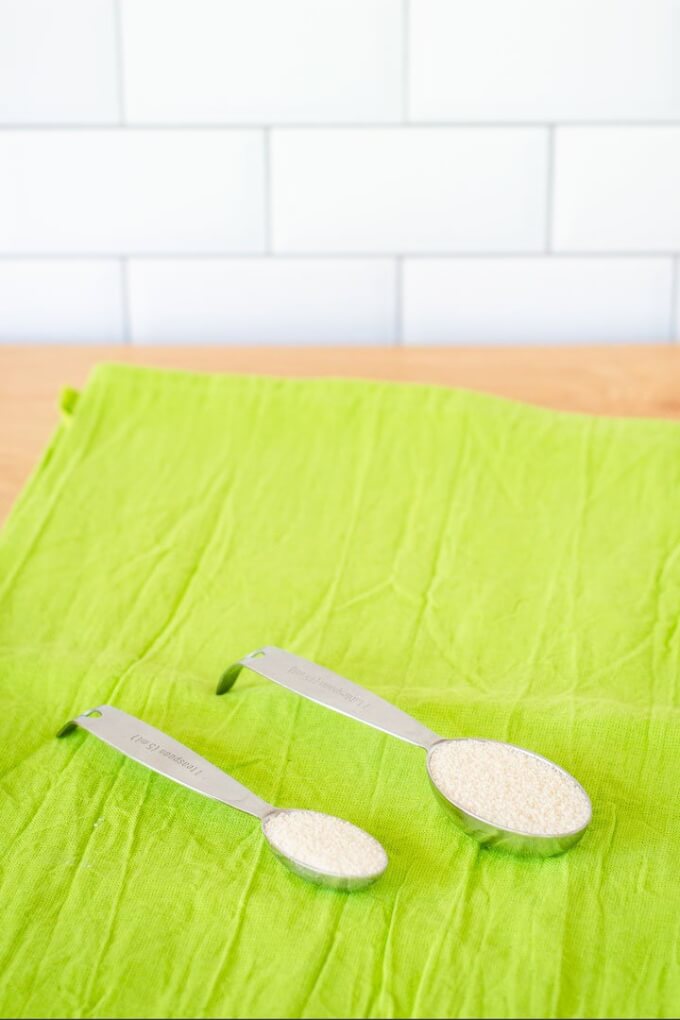
How Many Tablespoons in a Cup?
All right. Now that you have those two core measurement conversions memorized, it's time to start converting cups to tablespoons:
- 1 cup = 16 tablespoons
- ¾ cup = 12 tablespoons
- ⅔ cup = 10 tablespoons + 2 teaspoons
- ½ cup = 8 tablespoons
- ⅓ cup = 5 tablespoons + 1 teaspoon
- ¼ cup = 4 tablespoons
- ⅛ cup = 2 tablespoons
And since there are 3 teaspoons in each tablespoon, you can essentially multiply each of the above-mentioned tablespoon figures by 3 to find your cups to teaspoons conversion. For your reference:
- 1 cup = 48 teaspoons
- ¾ cup = 36 teaspoons
- ⅔ cup = 32 teaspoons
- ½ cup = 24 teaspoons
- ⅓ cup = 16 teaspoons
- ¼ cup = 12 teaspoons
- ⅛ cup = 6 teaspoons
Not too hard, right?
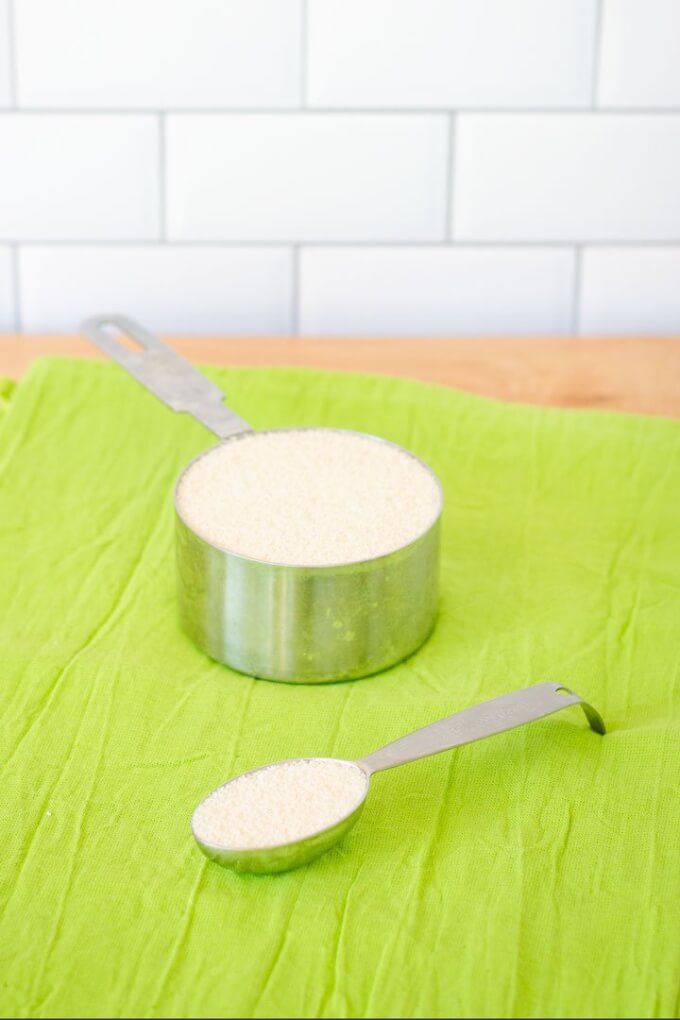
How Many Tablespoons in an Ounce?
This conversion is a little tricky, only because you need to make sure you're converting to the correct type of ounce. That's right, there are two:
- Dry ounce–this is abbreviated as oz.
- Fluid ounce–this is abbreviated as fl. oz.
The key to remember here is that a fluid ounce measures volume, while a dry ounce measures weight.
Here are two key conversions for tablespoons to US fluid ounces (volume):
- 2 tablespoons = 1 ounce
- 1 tablespoon = ½ ounce
This conversion is a little finicky, so I usually rely on my mini measure for these smaller amounts of ingredients. No guessing required!
Here's the core conversion for tablespoons to dry ounces (weight):
- 3 tablespoons = 1.5 ounces, so that is 3/16th of a cup (between ⅛ and ¼ cup)
As far as tools go, you'll probably want a digital scale (like this one) to help you make this conversion. Because this is a weight measurement, you'll usually only come across this in recipes for baked goods.
How To Convert Tablespoons to Milliliters
While ounces are much more common in the United States, that doesn't mean you won't ever come across a recipe (or a food label) written in milliliters. For your reference, when converting tablespoons to milliliters:
- 1 tablespoon = about 15 milliliters
If you're located in the United States, this isn't a conversion I would bother memorizing. It's not one I make often, so I use a small glass measure (I own this one)–that has both tablespoons and milliliters on it.)
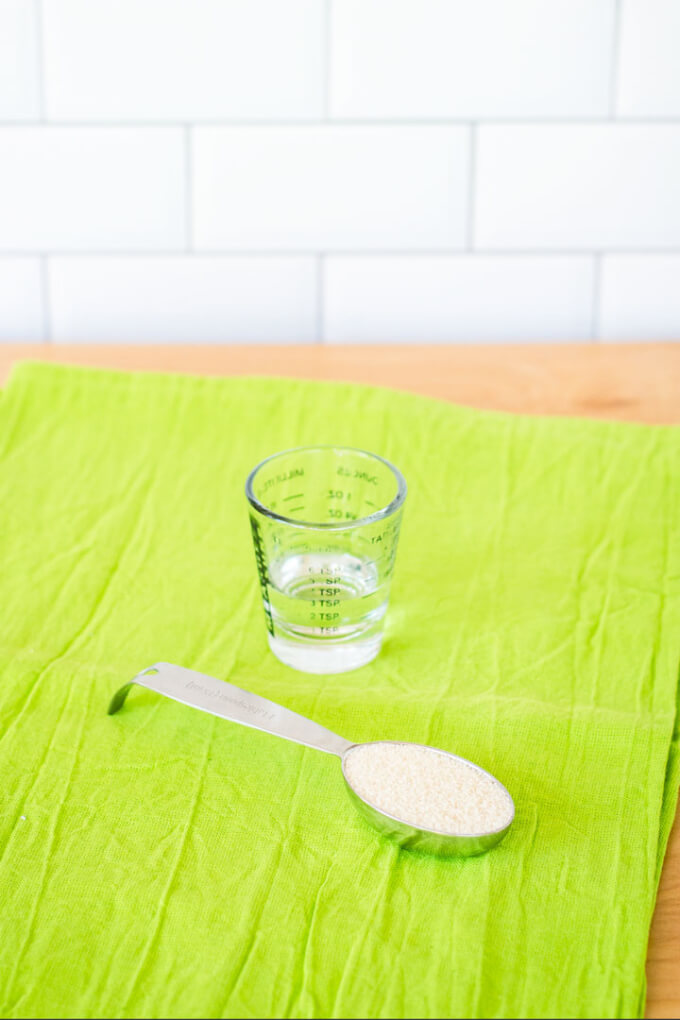
How To Convert Tablespoons to Grams
This answer isn't so straightforward. Here's why:
Like dry ounces, a gram is a weight measurement. Tablespoons are a unit of volume measurement, so the answer to "how many grams in a tablespoon" is: it depends.
This conversion depends entirely on what you're measuring. For example:
- 1 cup (or 16 tablespoons) of almond flour = about 96 grams
- 1 cup (or 16 tablespoons) of coconut flour = about 128 grams
- 1 cup (or 16 tablespoons) of cocoa powder = about 84 grams
You're most likely to need this conversion when measuring almond flour, but it's useful for other baking ingredients as well. I generally only switch to weight measurements for baking, because the final result of the recipe depends more heavily on the accuracy of following the recipe. For small amounts or recipes that don't need to be so precise, I just use tablespoons or measuring cups.
Handy Kitchen Measuring Tools You Should Have On Hand
Knowing how to convert your ingredient measurements is just one step of the equation.
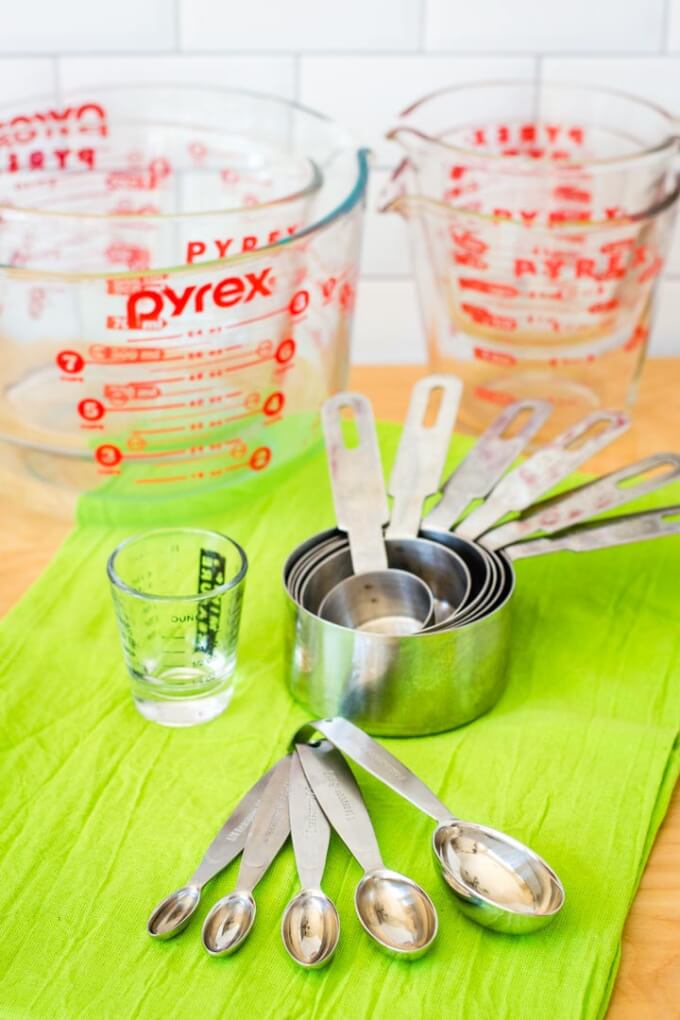
Based on my years of recipe testing, there are a few tools that make measuring easier. Here are the measuring spoon, cup and other handy tools every home cook needs to have in their kitchen:
- These stainless steel measuring spoons will sit flat on the countertop and the oval shape is specifically designed to fit in your spice jars.
- You might also want to look at getting a set in irregular sized measuring spoons (like a pinch, ⅛, ⅔, 1 ½, 2 teaspoons). You'll never get stuck wondering how much a "pinch" really is 😉. A pinch is 1/16 of a teaspoon and a dash is ⅛th of a teaspoon.
- For measuring dry ingredients, these stainless steel measuring cups are best. The top is flat so you can sweep the top level with the back of a butter knife for more accurate measuring.
- For measuring liquids, these pyrex glass measuring cups are best. I also like to use the large ones for mixing batter. Having multiples makes meal prep easier.
- This mini measuring shot glass is great for measuring liquid teaspoons, tablespoons, milliliters and ounces (¼, ½, ¾ or 1-oz). This little guy has 26 different measurements!
- For measuring flours (like almond flour and coconut flour) for baking, I always recommend using a digital scale, because measuring by weight is more accurate.
Armed with these kitchen tools, you'll be ready to cook any meatloaf, mix any spice blend, and bake any bread (or scone!) life throws your way.
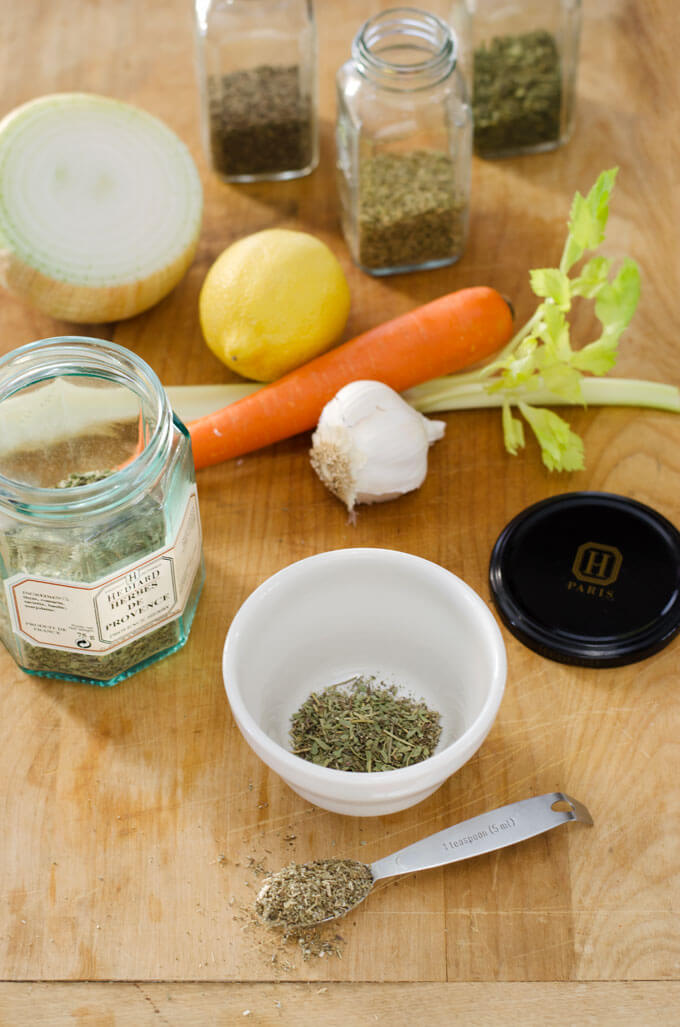
Imperial vs. Metric Measurements
How to convert to the metric system is one of those pieces of information that's good to know but only really comes into play when you're working with recipes written outside the U.S.
For your reference:
- United States, Liberia and Myanmar use imperial measurements
- The rest of the world, including Canada, the United Kingdom and Australia, use metric measurements
And in terms of differences in these two systems by teaspoons and tablespoons:
- An imperial tablespoon or U.S. tablespoon equals ½ fluid ounce (14.79 milliliters)
- A metric tablespoon equals exactly 15 milliliters
- An imperial teaspoon or U.S. teaspoon equals ⅙ fluid ounce (4.93 milliliters)
- A metric teaspoon equals 5 milliliters
Generally speaking though, there aren't significant differences in volume between these metric and imperial system measurements, so this isn't something to worry about. You can use U.S. teaspoons and tablespoons for metric.
Australian tablespoon metric measurements vary a little bit as well. An Australian tablespoon equals 20 millimeters, so it's the equivalent of an extra teaspoon in the measure.
What Is a Dessert Spoon?
A dessert spoon is a culinary measure used in Canada, the UK, Australia, and New Zealand.
- A dessert spoon equals 10 milliliters or 2 teaspoons
How To Convert Celsius to Fahrenheit
Another measurement you'll generally only find outside the U.S. is Celsius for temperature. You'll need a conversion formula for converting Celsius to Fahrenheit.
You can use either:
T(°C) × 1.8 + 32 = T(°F)
or
((T(°C) x 9) ÷ 5) + 32 = T(°F)
So, for example:
190°C × 1.8 + 32 = 374°F
or
((190°C × 9) ÷ 5) + 32 = 374°F
You're unlikely to need this conversion every day, but it's handy to have on hand. I've found this useful if I'm cooking from a cookbook I've picked up on my travels outside the United States (especially for baked goods).
Final Tips for Measuring Your Ingredients
Here are a few tips and tricks for measuring your ingredients:
- For dry ingredients, sweep the back of a knife over the top to get an accurate measure. This is best for smaller measurements like teaspoons too.
- Measure semi-liquids (like nut butters) the same way you would measure dry ingredients.
- For wet ingredients, glass measuring cups make it easier to see when the liquid level hits the line.
- Pay attention to instructions for chopping, dicing and mincing–you're likely to end up with an incorrect amount if you prepare your ingredients differently than the recipe suggests.
- A stick of butter equals 8 tablespoons or ½ cup. It's usually marked on the wrapper so you can just slice off what you need without measuring.
- Don't forget to zero out your digital scale before you start measuring your ingredients!
Want to put your new-found measuring skills to work? The best test is baking, so here are some easy almond flour recipes to try!


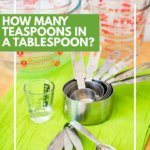
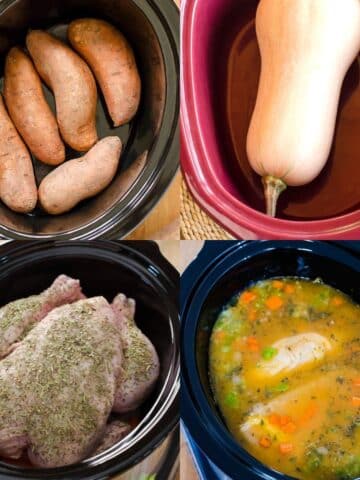
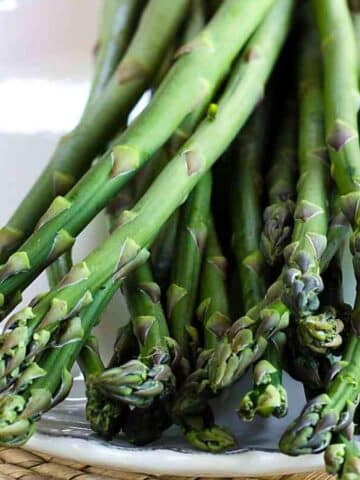
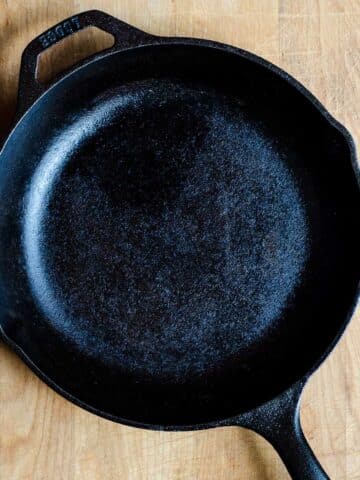
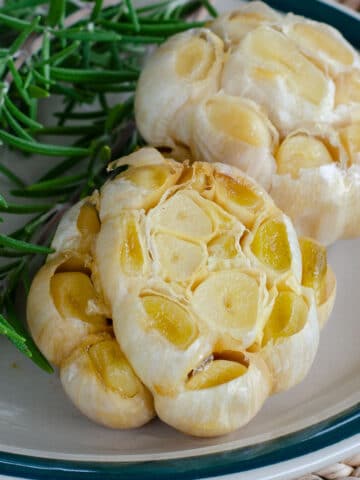
Leave a Reply